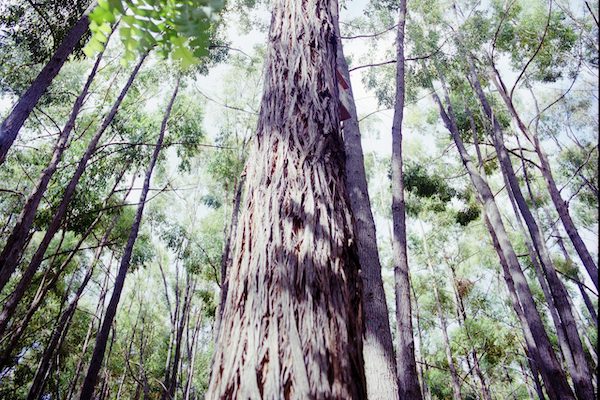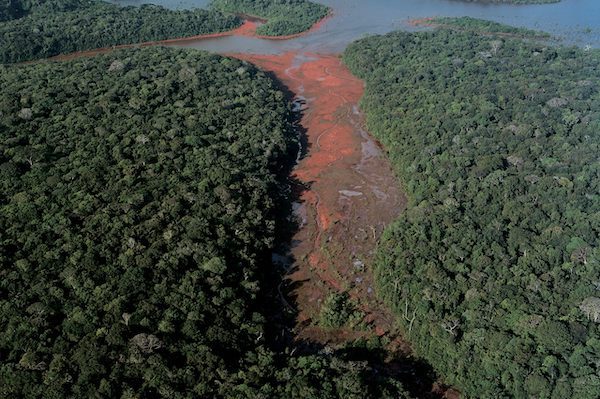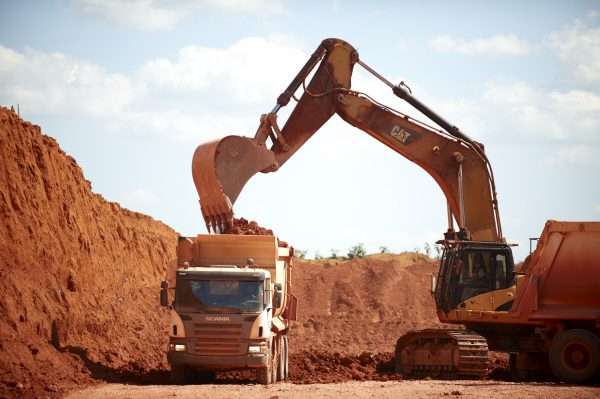A strong commitment to responsible bauxite mining doesn’t end when operations cease and the job is finished.
A strong commitment to responsible bauxite mining doesn’t end when operations cease and the job is finished.
The post-mining process is critical to the environmental well-being of a site. This means the area must be rehabilitated so the ecosystem is as close as possible to its original state in consultation with the local community and other stakeholders.
This is only achievable through robust rehabilitation objectives, programmes, and procedures, which is the case for all operations reporting to the International Aluminium Institute.
All mines are unique, and rehabilitation processes are tailored to best serve the local ecosystem and community. However, there are general actions that must always be undertaken. This includes landscaping to remove pit faces, with reshaped mined land integrated into the landscape, reducing erosion risk and re-establishing natural drainage. Overburden and topsoil layers are returned to pits, with essential nutrients and seeds stored until needed.
Fauna and flora are also cared for. Native plant species are cultivated for colonisation of the replaced earth, while original rocks and timber can be used to create habitats that encourage the recolonisation of invertebrates, insects, and fauna.
Rehabilitation work doesn’t end there. The ecological development of the area is continually monitored for two purposes: first, to carry out further work if needed; second, to collect feedback and analyse the rehabilitation to improve future programmes.
Only when the pre-mining environment has been restored, and the local community is benefiting from it, should any mining operation be considered a success.

A strong commitment to responsible bauxite mining doesn’t end when operations cease and the job is finished.

